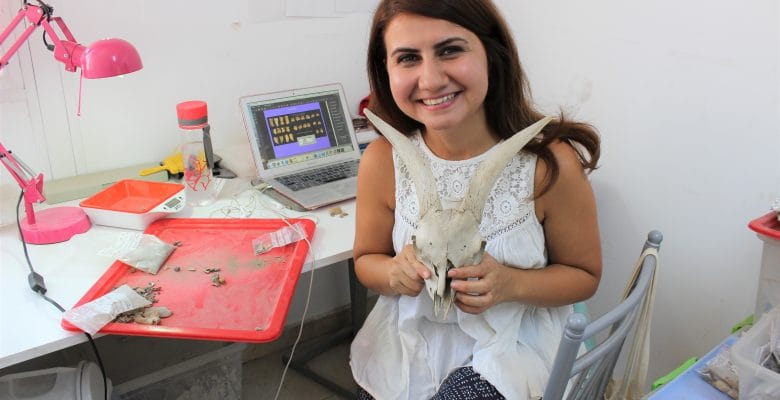At Boncuklu we have a range of specialists working with human and animal remains found within the trenches.
Zooarchaeology is the analysis of animal remains found in the archaeological record, which involves the identification of specific species utilised at the site and their age and sex, to learn about animal exploitation practices, hunting and possibly herding. We can look at the elements present on the site and butchery marks to understand food preparation and consumption.
Özlem is our resident Zooarchaeologist at Boncuklu this year and is working on her PhD dissertation, at University of Liverpool, involving the spatial analysis of activities at Boncuklu, as well as pig teeth geometric morphemetric analysis. Through the analysis of Boncuklu’s pig remains (which account for 48% of the faunal assemblage- a much greater frequency than other sites in this area), Özlem hopes to understand more about the steps leading to domestication of pigs in Central Anatolia. Part of Özlem’s job is in helping to understand activities in houses and the various types of external areas.
Özlem loves the fact Zooarchaeology can answer many questions relating to human diet and human-animal interactions, and finds it exciting to study the bones from the different species of animals found here at Boncuklu.
In this photo Özlem is in her lab holding a modern goat skull from our reference collection.
Özlem also helps our team sort the heavy residue remains here at the dig house. Here she is helping students distinguish amphibian bones, small mammal bones, fish bones, and bird bones, along with wood charcoal and plant remains.





 Follow
Follow